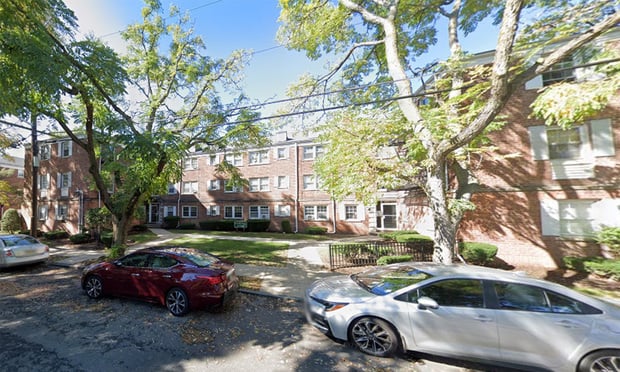51% stake in its Smith Barney brokerage unit to Morgan Stanley earlier this week, Citi on Friday announced it will reorganize into two operating units--Citicorp and Citi Holdings. The intent is to focus on its core businesses, including corporate and investment banking, while winding down some of the less profitable ones.
The new structure was announced on the same day that Citi reported a net loss of $8.3 billion for Q4 2008, the banking company's fifth consecutive quarterly loss. The company also announced definitive agreements with the federal government on the $301-billion TARP bailout first reported by GlobeSt.com last November.
Citi Holdings will manage the illiquid assets in this pool, the company's 49% stake in Morgan Stanley Smith Barney and other businesses that may eventually be combined or sold. How quickly these businesses will find buyers is an open question in the current environment.
With assets anticipated at $1 trillion, Citicorp will focus on both business and consumer clients, ranging from corporate and investment banking to branded card businesses. Citi Holdings will be run by a separate management team.
In a statement, Citi CEO Vikram Pandit says, "Given the economic and market environment, we have decided to accelerate the implementation of our strategy to focus on our core businesses. This will help in our ongoing efforts to reduce our balance sheet and simplify our organization, which will enable us to better serve our clients and customers in both businesses without disruption. In light of the opportunities we see in the market today, we believe this new structure will provide a wide range of options going forward to continue strengthening our core franchise."
Under the agreements with the US Treasury Department, the Federal Reserve and FDIC, Citi will be liable for the first $29 billion of losses from its troubled assets. Treasury will absorb up to 90% of the next $5 billion of losses, and FDIC will cover up to 90% of $10 billion in third-position losses. Losses beyond that would be covered by a Fed loan "in an amount equal to the aggregate value of the remaining covered asset pool as determined in accordance with the loss sharing program," according to the TARP deal's term sheet.
Want to continue reading?
Become a Free ALM Digital Reader.
Once you are an ALM Digital Member, you’ll receive:
- Breaking commercial real estate news and analysis, on-site and via our newsletters and custom alerts
- Educational webcasts, white papers, and ebooks from industry thought leaders
- Critical coverage of the property casualty insurance and financial advisory markets on our other ALM sites, PropertyCasualty360 and ThinkAdvisor
Already have an account? Sign In Now
*May exclude premium content© 2024 ALM Global, LLC, All Rights Reserved. Request academic re-use from www.copyright.com. All other uses, submit a request to [email protected]. For more information visit Asset & Logo Licensing.








